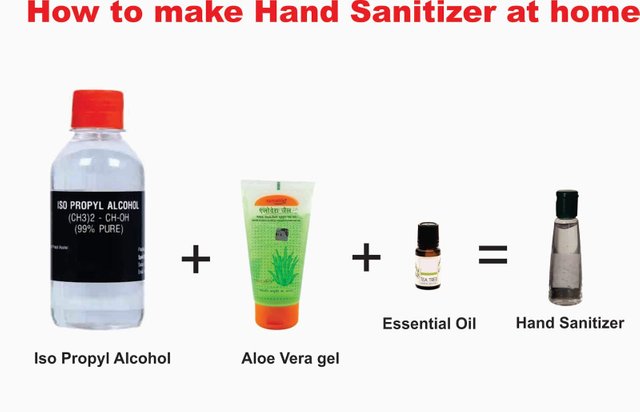
MD MM Elias, a dermatologist in Pennsylvania, started making his own hand sanitizer when he was suffering from a lack of practice during a coronavirus outbreak.
Physicians used homemade hand sanitizers in their offices and stored hand sanitizers commercially for contact with patients. “Sitting on a sanitizer at home is certainly not a bad idea to do overall,” Elias said.
Hand sanitizers must contain at least 60% alcohol to make the disinfectant effective. The concentration of alcohol in commercially made products is measured with an alcohol meter, says JBK Wells, a pharmacist and founder of JBK Wellness Labs.
Closely followed, this recipe produces a hand sanitizer with the required alcohol concentration. However, it is important to measure precisely.
The key to taking care of yourself is to create a formula that is not effective in tightening your skin, ”says Kim.
All you need:
1 part aloe vera gel or glycerin
2 parts isopropyl alcohol with a concentration of 9 parts (alcohol rubbing)
3 essential oils such as lemon or lavender (it is an alternative to taste)
4 Clean containers for mixing and air-tight containers for storage shake for spoon or mixing
Step
Mix aloe vera gel or glycerin with isopropyl alcohol in a clean container. To get a cup of sanitizer, mix one cup with one cup of gel or glycerin
Mixing well with your spoon to make sure the alcohol is evenly distribute throughout the gel.
If you are using it, stir five drops of an essential oil. It is completely alkaline and intended only to improve the scent of the sanitizer.
Store the sanitizer in an air-tight container. Alcohol evaporates over time, so keeping your sanitizer in an air-tight container is more durable. A pump bottle can reduce evaporation while keeping your sanitizer easily accessible and just make sure the container in your sanitizer is clean and air-tight.